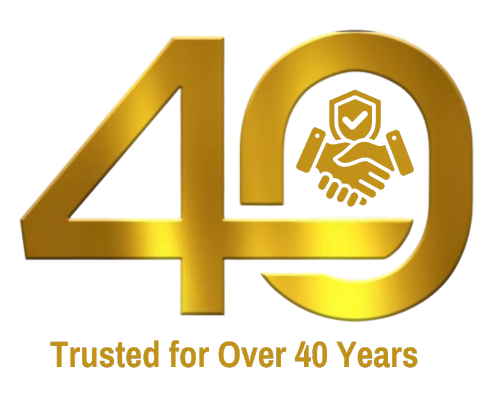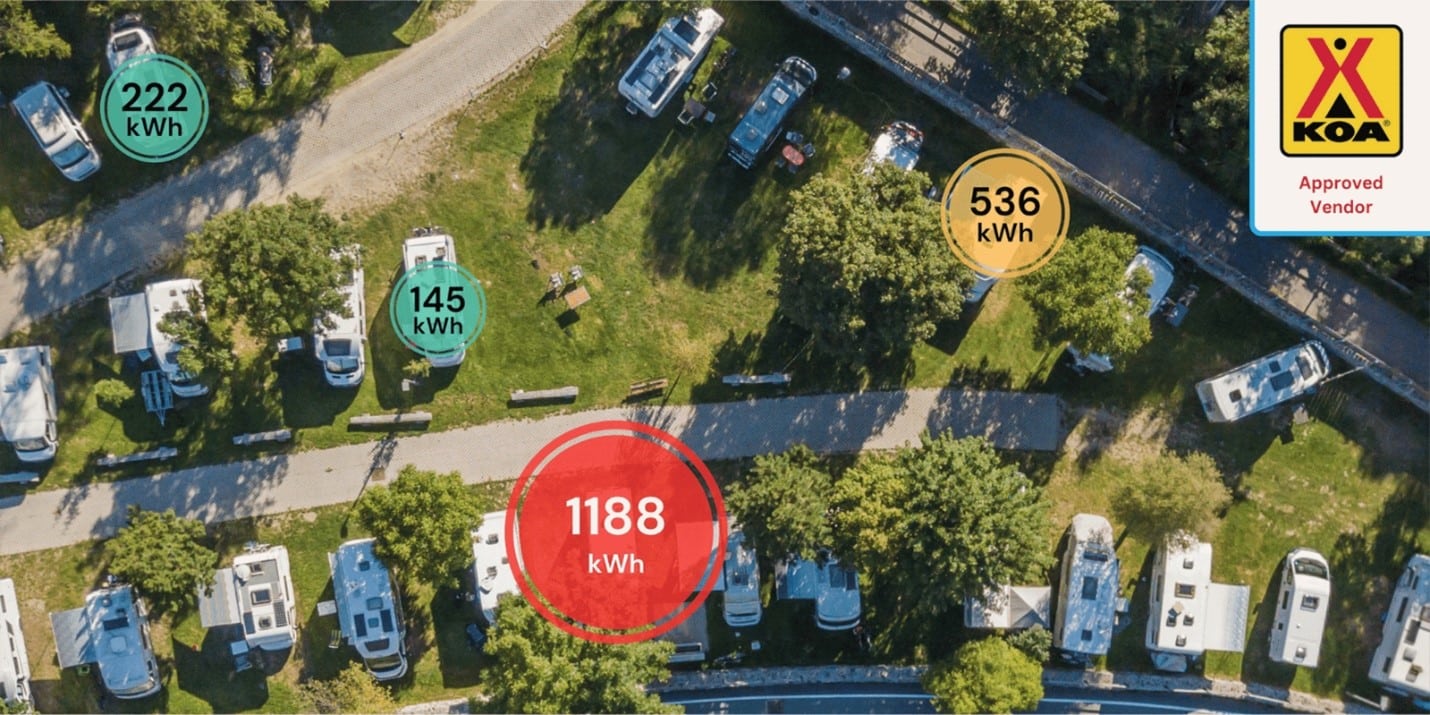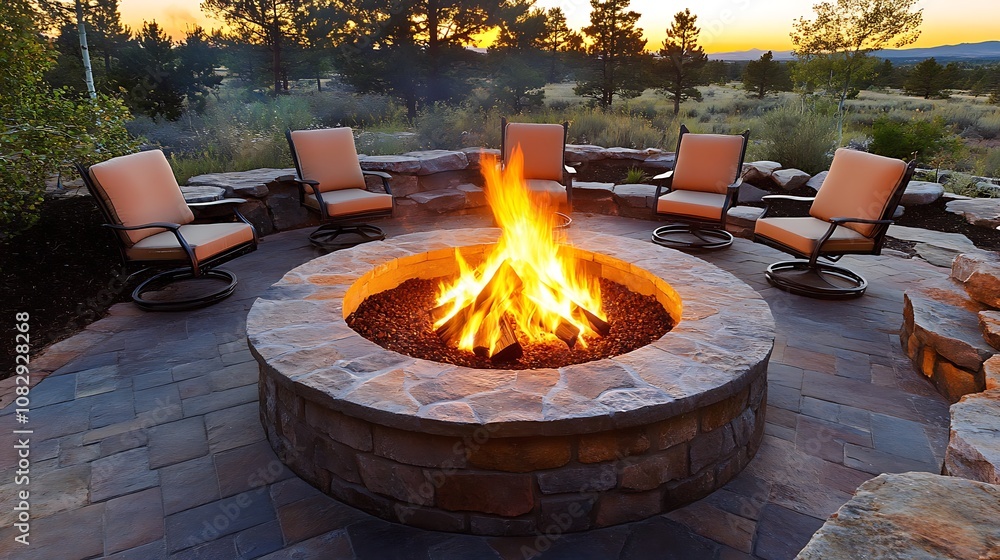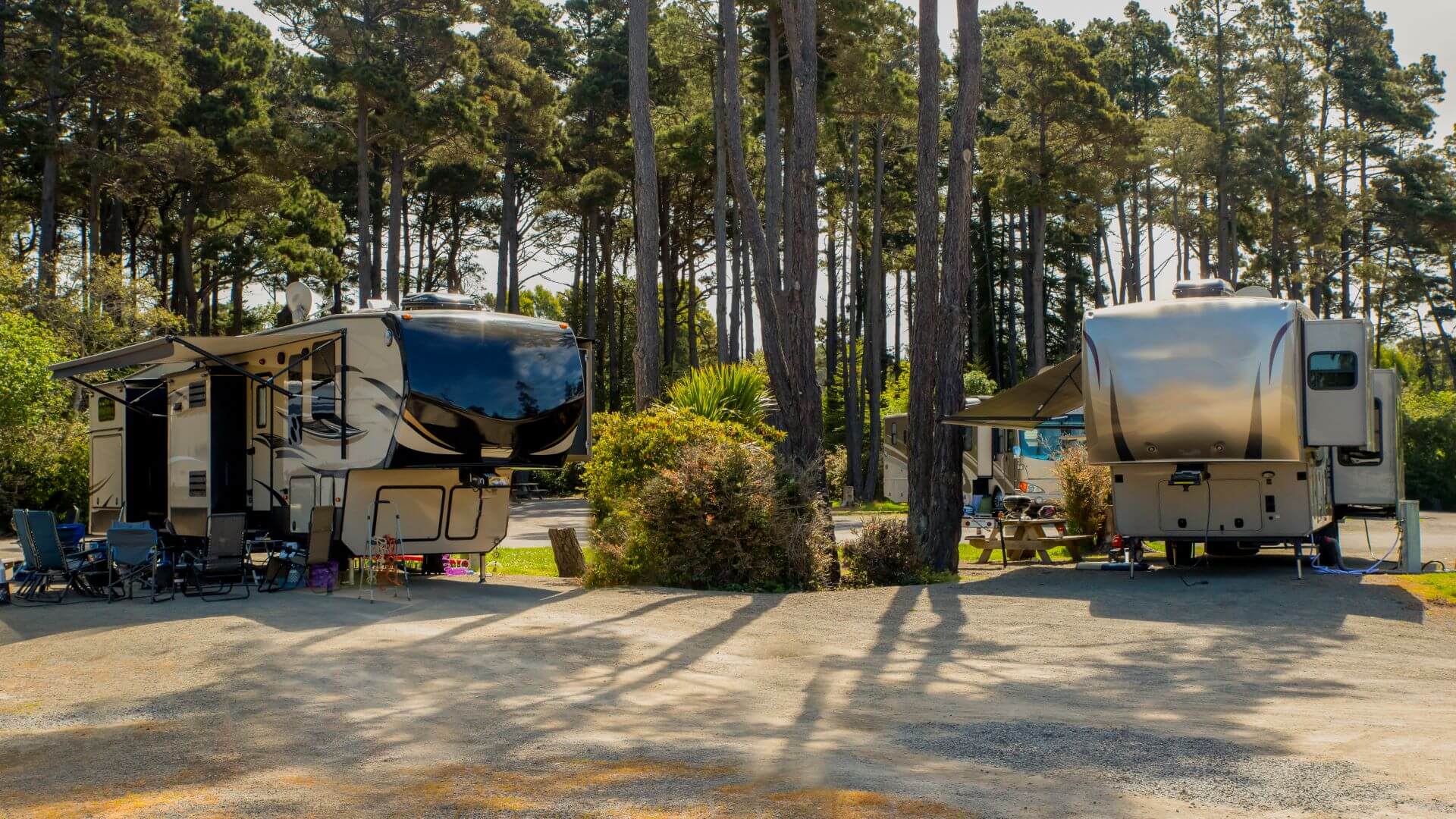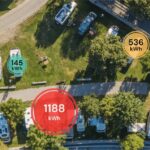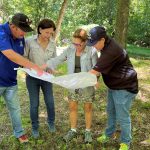The Role of Market Research in RV Park Design & Development

Why Market Research is the Foundation of a Successful RV Park
Designing and developing an RV park without comprehensive market research is like setting off on a road trip with no map. Many developers assume that because RV travel and outdoor hospitality are growing industries, any well-placed park will succeed. But the reality is that location, guest demand, and competitor landscape all play a critical role in whether a park becomes profitable or struggles to fill sites.
Market research provides data-driven insights that help developers make strategic, informed decisions before breaking ground. A well-conducted feasibility study and competitive market analysis will determine:
- Whether there is enough demand to sustain a new park in a given area.
- What types of amenities and accommodations today’s RV travelers expect.
- How existing competitors are performing and where gaps in the market exist.
At Campground Consulting Group, we specialize in helping RV park developers and investors conduct in-depth market research to ensure their project is financially viable, strategically positioned, and designed for long-term success. This guide explores why market research is critical, what factors to analyze, and how real-world data can make the difference between success and failure.
Why Market Research is Essential for RV Park Development
Before investing in land, infrastructure, and construction, developers need to answer a fundamental question: Will an RV park in this location generate sustainable revenue? Market research removes the guesswork and provides clear, actionable data.
1. Identifying Guest Demand & Target Audience
Not all RV parks cater to the same type of guest. Some serve long-term RVers and retirees, while others attract weekend campers, families, or digital nomads.
Market research helps answer key questions such as:
- How many RV travelers visit this region annually?
- Are guests looking for basic campgrounds or high-end RV resorts?
- Is there demand for glamping sites, cabins, or tent camping alongside RV spots?
- What seasonal trends impact guest flow?
By understanding guest demand, developers can design a park that aligns with traveler expectations, leading to higher occupancy rates and repeat business.
2. Assessing Regional & Economic Trends
The success of an RV park depends not just on location but also on regional economic and tourism trends.
Market research evaluates:
- Tourism growth in the region – Are more travelers visiting the area each year?
- Employment & relocation trends – Is there demand for long-term stays from seasonal workers, digital nomads, or retirees?
- Campground saturation levels – Are existing parks operating at full capacity, or is there an oversupply of sites?
Understanding these factors helps developers determine whether the location can sustain a profitable RV park long-term.
3. Competitive Analysis: Finding Your Market Advantage
A detailed competitive analysis reviews existing campgrounds and RV parks in the area to determine:
- Pricing structures – What are competitors charging for overnight, weekly, and monthly stays?
- Occupancy rates – Are competing parks consistently full, or do they struggle to attract guests?
- Amenity gaps – Is there an opportunity to offer better amenities, more spacious sites, or unique accommodations?
- Guest reviews – What complaints do visitors have about nearby parks, and how can a new park address those concerns?
A competitive market analysis helps developers differentiate their RV park and build a stronger value proposition than existing options.
How Market Research Shapes Park Design & Amenities
Developing an RV park without market research can lead to poor site layout, unnecessary construction costs, and missed revenue opportunities. Data-driven insights ensure that the park design and amenities align with what guests want.
1. Determining the Right Site Layout
Market research reveals how many campsites an area can support and what size they should be.
- Oversized vs. standard sites: Are travelers in the region using 40+ foot rigs, or do they prefer smaller, budget-friendly sites?
- Pull-through vs. back-in spaces: What mix of site types makes the most sense based on guest preferences?
- Premium vs. economy sites: Will luxury RV travelers be willing to pay extra for waterfront views, private patios, or pull-through sites with full hookups?
A poorly designed park may have too many sites crammed together, leading to low guest satisfaction, or too few premium options, missing out on higher nightly rates.
2. Choosing the Right Mix of Amenities
A feasibility study helps developers determine which amenities will have the highest return on investment (ROI).
- High-value amenities: Pools, dog parks, fast Wi-Fi, and full hookups can increase occupancy and guest satisfaction.
- Low ROI amenities: Overbuilding expensive features like large clubhouses or golf courses may not justify the cost in certain markets.
- Technology-driven amenities: Many modern RVers expect self-check-in kiosks, mobile booking apps, and smart site management systems.
By prioritizing amenities that align with guest demand, developers can increase revenue while controlling construction costs.
Real-World Examples: Market Research Success & Failures
Example 1: How Market Research Led to a Profitable RV Park Development
A developer in Tennessee planned to build a 100-site RV park near a popular state park. Feasibility research revealed that:
- The area had strong RV traveler demand but lacked parks with high-end amenities.
- Competing parks in the region were mostly outdated and lacked full hookups.
- Guests were willing to pay higher nightly rates for an upscale RV resort experience.
Based on this research, the developer added premium pull-through sites, upgraded Wi-Fi, and an onsite food truck area. Within one year, the park had over 85% occupancy and a waiting list for peak season reservations.
Example 2: How a Lack of Market Research Led to a Failed RV Park
An investor in Arizona assumed that any RV park near a major highway would attract business. However, they did not conduct a competitive analysis before development. The result?
- The region already had several well-established RV parks with lower rates.
- The investor overbuilt expensive amenities that guests were not willing to pay extra for.
- The location lacked sufficient tourism draw, leading to low demand in the off-season.
Within three years, the park was struggling with low occupancy, high debt, and an unsustainable business model—all of which could have been avoided with proper feasibility research.
How Campground Consulting Group Helps Developers Make Data-Driven Decisions
At Campground Consulting Group, we provide comprehensive market research services to ensure that your RV park development is strategically planned and financially viable. Our services include:
- Feasibility Studies – In-depth research on guest demand, tourism trends, and seasonal occupancy rates.
- Competitive Market Analysis – Evaluation of existing parks, pricing structures, and amenity gaps.
- Site & Infrastructure Planning – Recommendations for optimal site layout, utility planning, and expansion potential.
- Financial Projections & Revenue Modeling – Data-driven projections on ROI, breakeven points, and long-term profitability.
If you are planning an RV park, market research is the first step to ensuring its success.
Final Thoughts: Building a Profitable RV Park Starts with Data, Not Guesswork
A well-researched RV park development has a higher chance of profitability, long-term sustainability, and guest satisfaction. Before investing in land, construction, and amenities, market research should guide every decision.
If you are ready to take the next step in developing an RV park that is strategically designed for long-term success, Campground Consulting Group is here to help.
Let’s build a park that meets market demand and maximizes profitability.

